Jun
2
2011
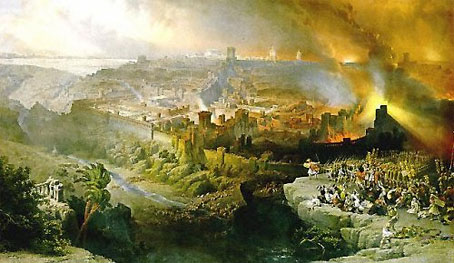
Doug Wilson writes:
“The Levitical administration brought strong curses for disobedience (Heb. 2:2-3); the New Covenant administration brings much greater curses (Heb. 10:29; Heb. 12:25). Christians commonly assume that the really terrifying curses for disobedience were given in the Old Testament, and that under the New Testament all is grace. But this is precisely the opposite of the New Testament’s teaching on the subject” (To a Thousand Generations, pp. 28-29).
This is certainly a side of the New Covenant that Christians are never taught. The first time I ever heard of it was in David Chilton’s Revelation commentary The Days of Vengeance in 1989. But along with baptism (just had to throw that in), a rediscovery of the Old Covenant hammer makes everything in the New Covenant look like a nail. The Revelation is, after all, a book about the end of the Old Covenant.
Continue reading
Comments Off | tags: Baptism, Covenant curse, Covenant Theology, David Chilton, Deuteronomy, Doug Wilson, Hebrews, Josephus, Leviticus, Revelation 20 | posted in Against Hyperpreterism, Biblical Theology, The Last Days
Apr
27
2011
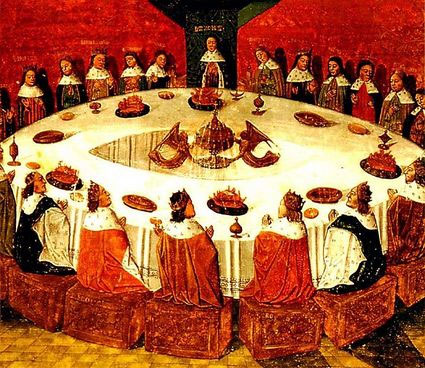
Have been chewing on Covenant renewal in Communion a lot. I’m starting to think the emphasis on the Table is not so much nourishment as resurrection and commission under oath.
Continue reading
Comments Off | tags: Baptism, Communion, Covenant Theology, Exodus, Genesis, Numbers 5 | posted in Biblical Theology, Christian Life
Apr
23
2011

Doug Wilson writes:
“When it comes to child-rearing, between the Old and New Testaments there is total and complete continuity on the subject of godly parenting. There is no discontinuity. It needs to be emphasized again that there is continuity in the promises of God with regard to parenting. Not surprisingly, this has ramifications for the subject of infant baptism” (To a Thousand Generations, p. 10).
I am currently reading this book. Lots of good stuff in there, even for a Baptist. BUT…
Continue reading
2 comments | tags: Baptism, Circumcision, Covenant Theology, Doug Wilson, Parenting, Resurrection | posted in Biblical Theology, Quotes
Apr
15
2011
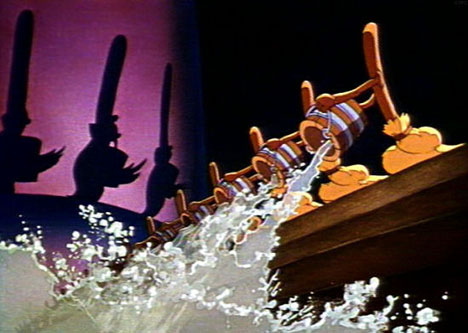
or Baptizing the World
After Pentecost, the firstfruits church met in the Temple. Over the next few decades, the Jewish leaders barred these worshippers from their premises. What they didn’t realise was that the glory was departing as it did in the time of Ezekiel, only this time it was inside people who were living Temples as Jesus was.
Continue reading
10 comments | tags: Baptism, China, Dispensationalism, Persecution, Postmillennialism | posted in Biblical Theology, Christian Life, Creation, Ethics, Totus Christus
Mar
17
2011
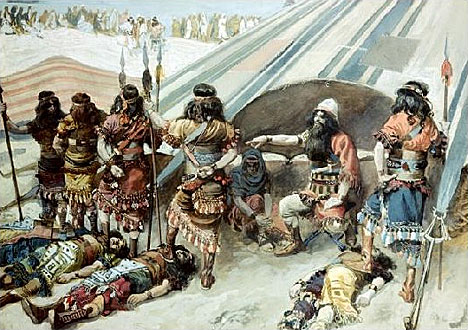
or OH&S in Eden
I mentioned in a post the other day that silver is bridal, and that silver was relegated to the tent poles, the outer court, until the Tabernacle died, was resurrected and transfigured into the Temple of Solomon. [1] The reason was that the Sanctuary was the King’s Court, a place that was not safe for criminals. It demanded that justice be satisfied with a constant presentation of fresh blood.
Continue reading
Comments Off | tags: Baptism, Circumcision, Deuteronomy, Genesis, Joshua, Resurrection, Silver, Solomon, Tabernacle, Table of Showbread, Temple | posted in Biblical Theology, Creation
Jan
25
2011
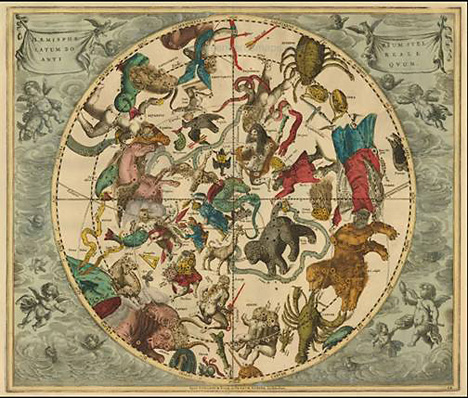
or Ulterior Motifs
Jesus’ reference to sun, moon and stars in Matthew 24 has nothing to do with the physical world, and everything to do with the microcosmic world of the Temple. Because of this, the Covenant Creationists think Genesis 1 is only about the Covenant with Adam, not about physical creation. They’re wrong, just as the literalists are wrong about Matthew 24 predicting the end of the world.
Continue reading
2 comments | tags: Baptism, Covenant Creationism, Creation Week, Dispensationalism, Genesis, Lampstand, Literary Structure, Matthew 24, Tabernacle, Table of Showbread | posted in Against Hyperpreterism, Bible Matrix, Biblical Theology, Creation, The Last Days
Jan
20
2011
or Crashing the Caste Party
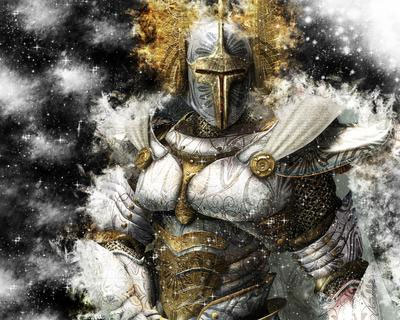
Uri Brito asked me once how I can possibly believe that the church is central, and simultaneously be a baptist. Does being a baptistic fan of Jordan, Leithart and Wilson necessarily involve an element of schizophrenia? You might be interested to know how Federal Vision looks from where I stand. If not, just humour me.
Continue reading
76 comments | tags: Baptism, Covenant Theology, Federal Vision, Uri Brito | posted in Biblical Theology, Christian Life
Dec
8
2010
or Takes One to Know One

We saw Voyage of the Dawntreader last night. Biblical themes and symbols abound. Of course, the story follows the Bible Matrix formula, but the message of a courageous Maturity via Testing at God’s hand, in such a visual form, was striking, especially for young people. All the characters are transfigured by the end, particularly Eustace, whose cowardice and courage were really the heart of the proceedings. Narnia is foolishness to him, but a time in the wilderness gives him a different Spirit. He moves from the unbroken natural, through brokenness, to a humble, spiritual wisdom that judges rightly between good and evil.
The final scene encapsulated everything I have been trying to communicate concerning baptism. It pictures the reception of saints into government as enrobed heavenly elders, God’s council of wise men who sit at court with Him as Great Prophets, co-Mediators.
Although only one character “passes across” into Aslan’s country, all the saints “pass through” in their return home as human argosies of wisdom and understanding. Wise distinctions and tough decisions must be made before the crystal walls and gates.
Continue reading
Comments Off | tags: Baptism, C. S. Lewis, Crystal Sea, Doug Wilson | posted in Bible Matrix, Biblical Theology
Nov
29
2010
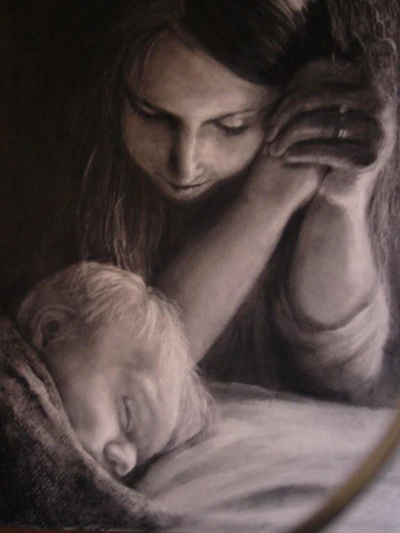
The Mosaic Tabernacle was silent. It was a place of mysterious words, dark sayings, carried out in secret. Eventually, it was violated, torn apart. It was the body of death, with sacrifices of blood carried out by Israelite priests. Like circumcision, it was a place of silent witness (the tablets) and the cutting off of the old leaven. (The fact that Hannah was not drunk makes this her holy war – the OC ministers of death could not drink wine in God’s presence.)
The tent was resurrected as the Tabernacle of David, an open place of dancing and loud music, with a new body of worshippers, both Jews and Gentiles. It was a new body of life, the flesh and the blood reunited in an impossible hybrid, with sacrifices of praise. [1] Like baptism, it was a place of reunion and bold testimony.
Hannah’s prayer was silent. She mouthed the words with a despair that felt like death. But after the miraculous delivery of the desired son, (offered to the Tabernacle as a symbolic ascension) she prayed aloud. Continue reading
Comments Off | tags: Baptism, Feasts, Numbers 5, Samuel | posted in Bible Matrix, Biblical Theology
Oct
6
2010
The Fruitful Field
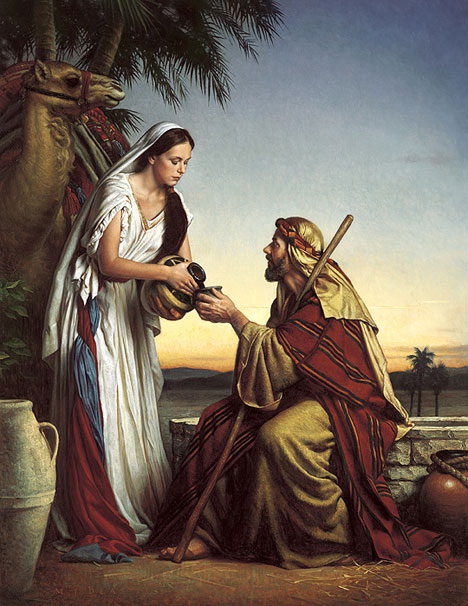
“For I am jealous for you with godly jealousy. For I have betrothed you to one husband, that I may present you as a chaste virgin to Christ.” 2 Cor 11:2
Women are Complex
In Eden, as priest to Eve, Adam’s role was to continually bring her to the Father. She was put “below” Adam in the hierarchy. As the first approach of the High Priest on the Day of Covering — with the blood of a bull — Adam would present himself, standing before God as Mediator (head):
F A T H E R > < S O N + B R I D E
Adam’s job was to bring Eve “between” as the fruit, the evidence, of Covenant relationship. By being faithful to the law, he would open and maintain a clean, safe, Holy Place — a firmament — a house for the bride. The second approach of the High Priest was to cover the body, the nation. In this, he presented the blood of the first goat as the faithful bride (goat hair, symbolising the Lord’s cloud of “bridal” glory, covered the Tabernacle). Like the glory between the Father and the Son in heaven, a glorious Eve was both the fruit of Adam’s obedience, and her future fruitfulness a gift from Father to Son:
F A T H E R > B R I D E < S O N
We see this imaged in the search for and presentation of godly Covenant brides in Genesis. Eliezar and Jacob seek brides for presentation to the Covenant fathers.
Continue reading
Comments Off | tags: Ark of the Covenant, Atonement, Baptism, cherubim, Circumcision, Covenant Theology, Genesis, Joshua, Marriage, Revelation, Satan, Systematic typology, Tabernacle | posted in Bible Matrix, Biblical Theology, Creation



































